Process data using information technology
COURSE PURPOSE This unit standard is for learners who wish to enhance their data processing competencies. Learners who are competent in this unit standard will be able to follow basic procedures for maintaining a computer-based information system and able to …
Overview
COURSE PURPOSE
This unit standard is for learners who wish to enhance their data processing competencies. Learners who are competent in this unit standard will be able to follow basic procedures for maintaining a computer-based information system and able to extract relevant information.
WHAT YOU’LL LEARN
The qualifying learner is capable of capturing information from source documents onto a computer system, generating and printing standard reports on a computer system, and obtaining information from an information system. They can also produce documents for the analysis of numerical information and contribute to the quality of the management information system.
Curriculum
Curriculum
- 5 Sections
- 32 Lessons
- 1 Day
- Unit 1: Capture information from source documents onto a computer systems8
- 1.1All vital fields are completed
- 1.2Incomplete or unauthorised source documents are referred for clarification
- 1.3All errors in data capturing and coding are identified and corrected
- 1.4The correct part of the computer system is used for capturing data
- 1.5New and unique reference codes are generated as necessary
- 1.6Data capturing is completed to an agreed deadline
- 1.7Organisational procedures for filing source documents are followed
- 1.8Risks to the information technology environment are minimised at all times
- Unit 2: Generate and print standard reports on a computer system4
- Unit 3: Obtain information from an information system6
- 3.1The required information is correctly located within the information system structure
- 3.2Advice is sought where there are difficulties in obtaining the required information
- 3.3Additional authorisation is obtained for sensitive or confidential information in accordance with the security regulations of the organisation
- 3.4Information is checked for its accuracy and completeness
- 3.5Information is stored in a format which helps others to access and use it
- 3.6Confidential information is kept secure and not disclosed to unauthorised people
- Unit 4: Produce documents for analysis of numerical information9
- 4.1The document is titled in a way that clearly defines its use and purpose
- 4.2The arrangement of the document is consistent with organisational conventions
- 4.3All rates and other numeric inputs and assumptions are stated to the correct number of decimal places
- 4.4Calculated values are checked for correctness when changes are made to the inputs
- 4.5The document is used to carry out data modifications and for the entering of related formulas
- 4.6Each document is formatted clearly and accurately
- 4.7A method is selected to eliminate rounding errors which is suitable for the purpose of the document
- 4.8A method is selected to eliminate rounding errors which is suitable for the purpose of the document
- 4.9Confidential information is kept secure and not disclosed to unauthorised people
- Unit 5: Contribute to the quality of the management information system5
- 5.1Potential improvements to the information system are identified and considered for their impact on the quality of the system and any interrelated systems
- 5.2Suggestions for changes are supported by a clear rationale as to how they could improve the quality of the system
- 5.3The reliability of assumptions and judgments made is assessed and clearly stated
- 5.4The benefits and costs of all changes are described accurately
- 5.5Suggestions are presented clearly and in a way that helps people to understand and act on them






